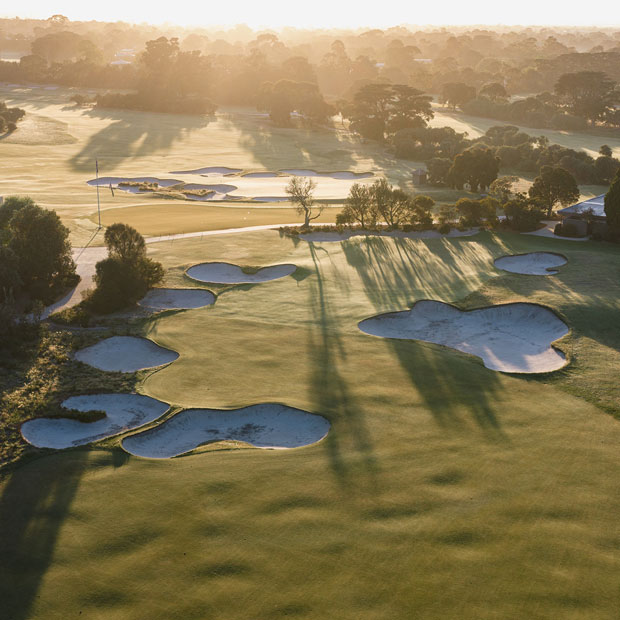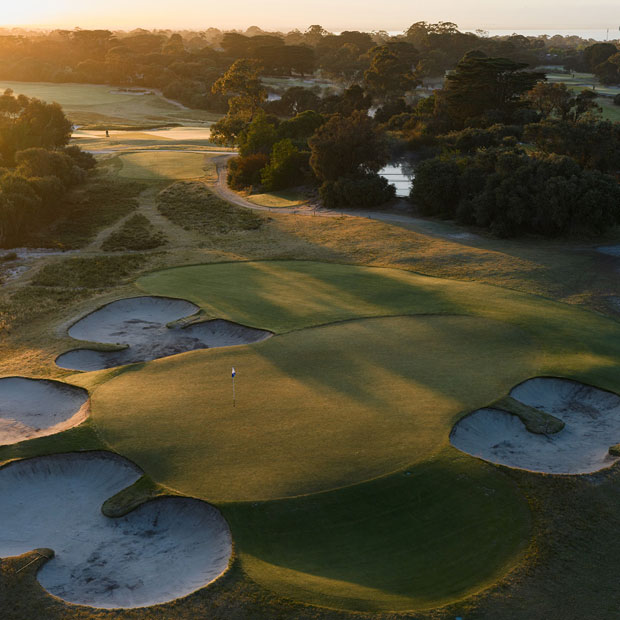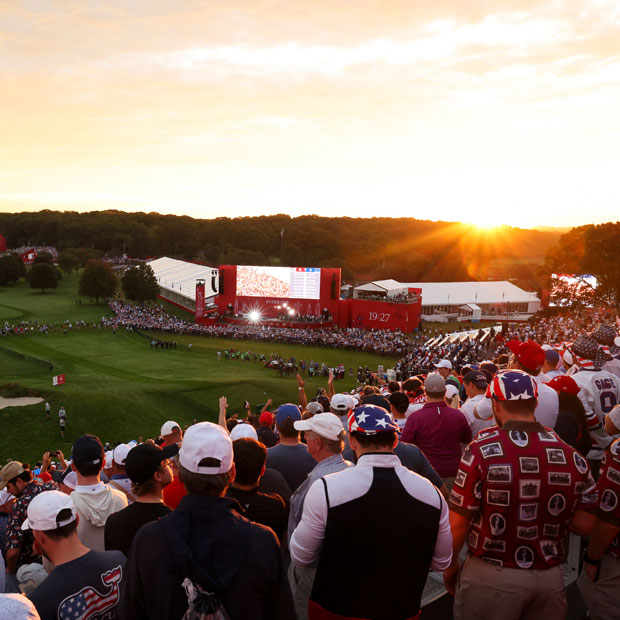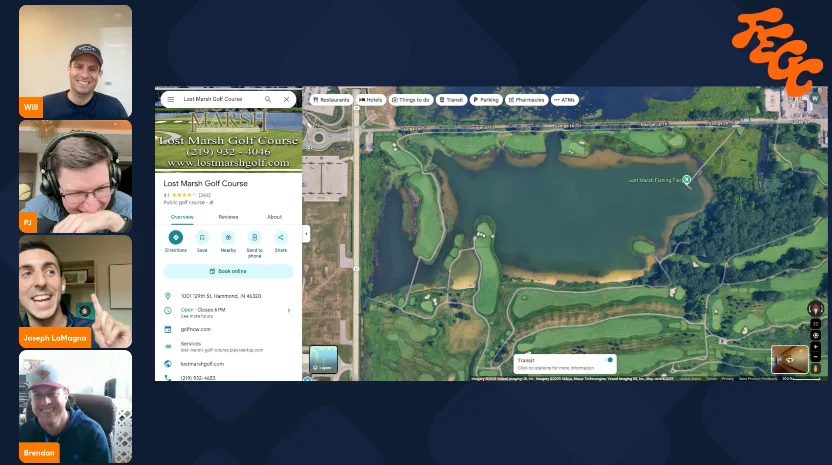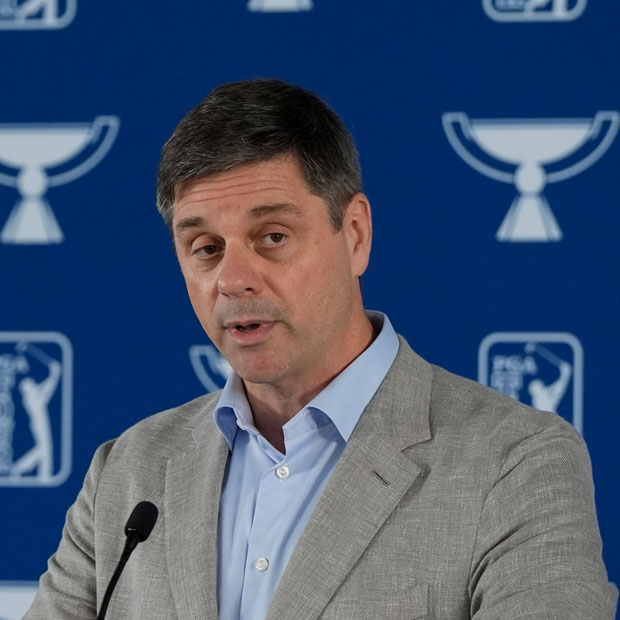articles
Competitive Golf
Professional Golf
On Rory McIlroy and the Art of Being Wrong
5 min read
December 5, 2025
Competitive Golf
Professional Golf
The Greater Importance of Rory McIlroy's Least-Impactful Win
5 min read
December 4, 2025
Competitive Golf
The Carton
The State of Australian Golf with Mike Clayton
10 min read
December 3, 2025
Competitive Golf
Professional Golf
Year of Rory: Favorite Moments from 2025
5 min read
December 3, 2025
Competitive Golf
Professional Golf
‘This is it’: Revisiting Rory McIlroy’s Career-Defining Shots at the 2025 Masters
5 min read
December 2, 2025
Competitive Golf
Professional Golf
The Year of Rory McIlroy
5 min read
December 1, 2025
Competitive Golf
Professional Golf
The Australian Sandbelt in the Spotlight
5 min read
December 1, 2025
Eggstracurriculars
The Carton
2025 Black Friday Deals: Fried Egg Golf Favorites in the Pro Shop
5 min read
November 28, 2025
Courses
Architecture
Residential Golf Course Architecture Can Be Great
5 min read
November 28, 2025
Eggstracurriculars
The Carton
2025 Fried Egg Golf Events Memories
5 min read
November 26, 2025
Eggstracurriculars
The Carton
Content Cornucopia: Fried Egg Golf’s Favorites from 2025
10 min read
November 26, 2025
Courses
Design Notebook
Chocolate Drops: A New Public Golf Destination Breaks Ground Outside of Charlotte
5 min read
November 25, 2025
Competitive Golf
Professional Golf
Wrapping Up the 2025 PGA Tour Season (And Looking Ahead to 2026)
5 min read
November 24, 2025
Competitive Golf
Professional Golf
Jeeno Thitikul Goes Back to Back at CME
3 min read
November 24, 2025
Eggstracurriculars
The Carton
November Virtual Hangout - One Year of Design Disasters
1 hour watch
November 21, 2025
Competitive Golf
Professional Golf
Alternate Shot: PGA Tour's Future and Emulating the NFL
3 min read
November 21, 2025
No results found.
Podcasts
The insights and entertainment you didn't know you needed from the world of golf

The Shotgun Start

The Fried Egg Golf Podcast

Designing Golf

The Mixed Bag

Get a Grip with Shane Bacon

Latest Episodes
Podcast
The Fried Egg Golf Podcast
With
.jpg)
Latest Episodes

Latest Episodes
Podcast
With

Latest Episodes

Latest Episodes
Fried Egg Golf Club
Get full access to exclusive benefits from Fried Egg Golf
- Member-only content
- Community discussions forums
- Member-only experiences and early access to events


